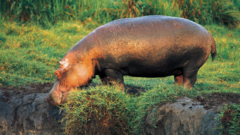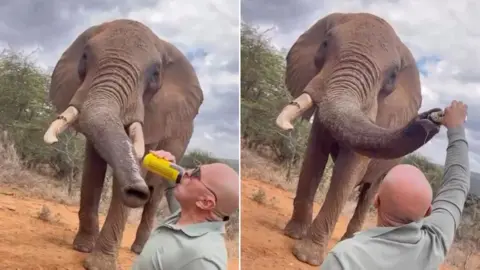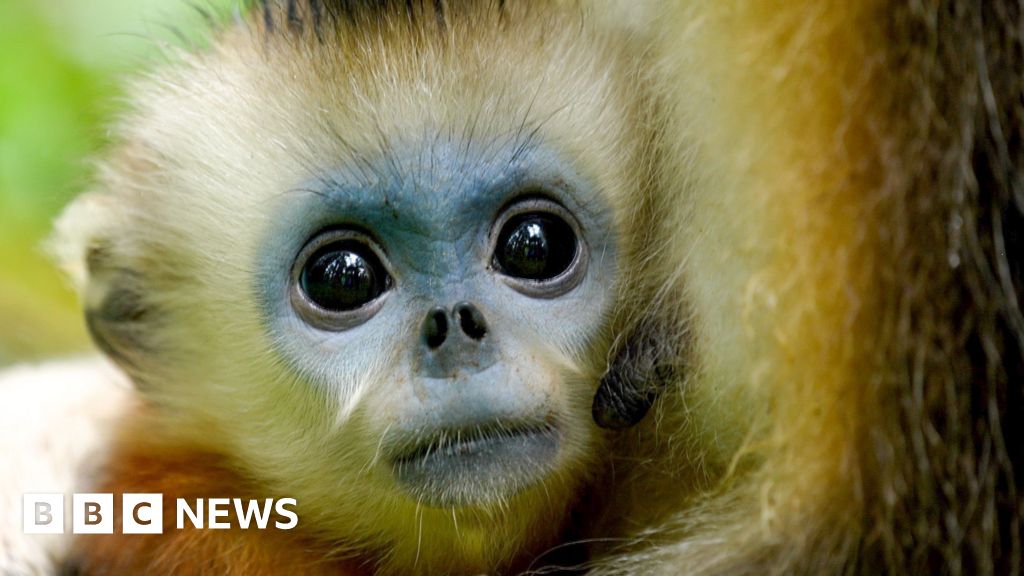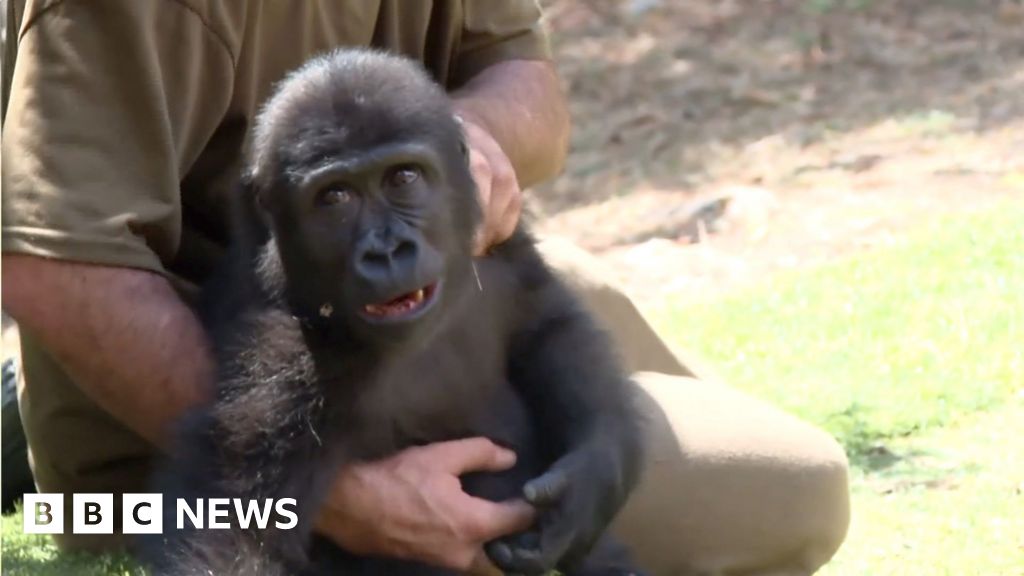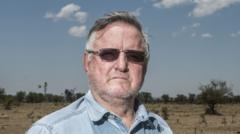At least 50 hippos and several other large animals have been fatally affected by an anthrax outbreak in Virunga National Park, the oldest national park in Africa, according to park director Emmanuel de Merode. The lifeless bodies of the hippos have been spotted drifting along the Ishasha River, with the first cases emerging last week. Although the source of the outbreak remains under investigation, tests have confirmed the presence of anthrax, prompting park authorities to take immediate action.
De Merode highlighted the challenges faced in recovering and burying the deceased animals, citing logistics and lack of access to necessary equipment like excavators. “We have the means to limit the spread by... burying them with caustic soda,” he stated. The Ishasha River flows north into Lake Edward, where more reports of deceased wildlife have been noted.
Anthrax, caused by the bacterium Bacillus anthracis, presents a serious threat. Although typically it does not spread easily, it can persist as spores in soil for years, re-emerging to infect animals through inhalation or wounds. The Congolese Institute for the Conservation of Nature has issued warnings to local residents to avoid interactions with wildlife and to boil water from local sources prior to consumption to prevent contaminations.
Spanning approximately 7,800 km² (3,000 mi²), Virunga National Park is celebrated for its incredible biodiversity. However, it is also a hotspot for conflict, with various armed groups vying for control over the region's abundant resources. These ongoing conflicts have resulted in casualties among park rangers who strive to protect both wildlife and tourists.
Despite a previous decline from over 20,000 hippos to a few hundred due to poaching and conflict, efforts have been made in recent decades to restore the hippo population. The recent anthrax outbreak poses a significant setback to these conservation initiatives, triggering urgent calls for action to safeguard the remaining wildlife in this fragile ecosystem.

